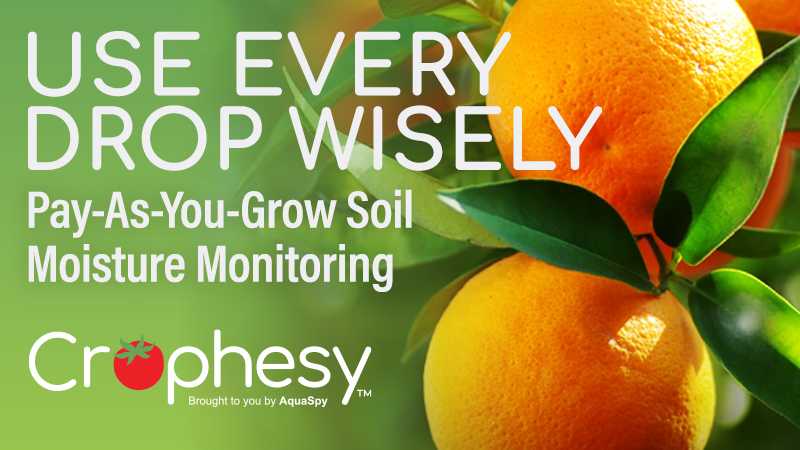Cutting Growers’ Water Hurts All Of Us Who Eat [Opinion]
Two statements stood out to me in all the research I have been doing for this issue’s cover story focusing on water and almond growers.
The first is one that appears to pop up all the time in consumer media. No, I don’t mean the one about how almond growers are using 10% of California’s water. That’s just stupid. I’ll leave it to the Almond Board’s capable staff to deal with that one.
I mean the one about how it takes a gallon of water to produce one almond. That figure looked high to me, so I queried University of California Extension Pomology Advisor David Doll, aka “The Almond Doctor.”
Doll said yes, that statement is basically true. When you add up all the water used by a given orchard block and the number of nuts it produces, you generally end up with one gallon equating to one almond.
Doll, who serves on our Editorial Advisory Board, then added another fact I found provocative. When you look at various food crops and the water they use, a good rule of thumb is that it takes one liter of water to produce one calorie of food. Seems high, doesn’t it? But it underscores the point that there is no getting around it, you need a certain amount of water to produce food.
The second statement that struck me was uttered by the almond grower who appears on this issue’s cover, Barry Baker. As we tooled around in his pickup truck through his orchard blocks in Firebaugh, CA, Baker turned to me and said something quite profound: “Is it the farmer who is using the water? Or is it the people consuming the food?”
If you take those statements together, you realize that attempting to get through the drought by severely cutting water to almond growers is, well, just plain nuts.
For one thing, one gallon per almond is not that much when you start researching how much other crops use. It takes 3.3 gallons to create one tomato, for instance, but even that is nothing.
It takes 18 gallons to produce a single apple. Then again, even that pales in comparison to the 27 gallons it takes to grow a single ear of corn.
But those are just crops, if you start looking at animal products, you’ll see some serious water use. It takes a whopping 53 gallons to produce a single egg. And it takes a little more than that to produce a glass of milk. Why, you’re better off drinking a like amount of beer, which costs just 20 gallons. (Just kidding, kids.)
When you get into meats, the floodgates really open. A quarter-pound burger takes 450 gallons, and that’s just for the beef. And a steak? I’m not talking about the monsters they serve at the cattlehouses which I occasionally cannot resist, but a little six-ounce petite filet. It weighs in at an astonishing 675 gallons.
My argument here is not that all Californians should become vegetarians — I love this state and its wonderful produce, but I can’t envision a future without at least an occasional steak dinner.
No, my point is that it takes a heck of a lot of water to produce food. It doesn’t matter what you eat. When it comes to food crops, as the Doc said, one calorie equals one liter.
There’s no sense debating that fact. So when we start deciding who gets what when it comes to water, we have to keep in mind: It’s not the growers who are the real users of all the water agriculture needs, it’s all of us. ●









